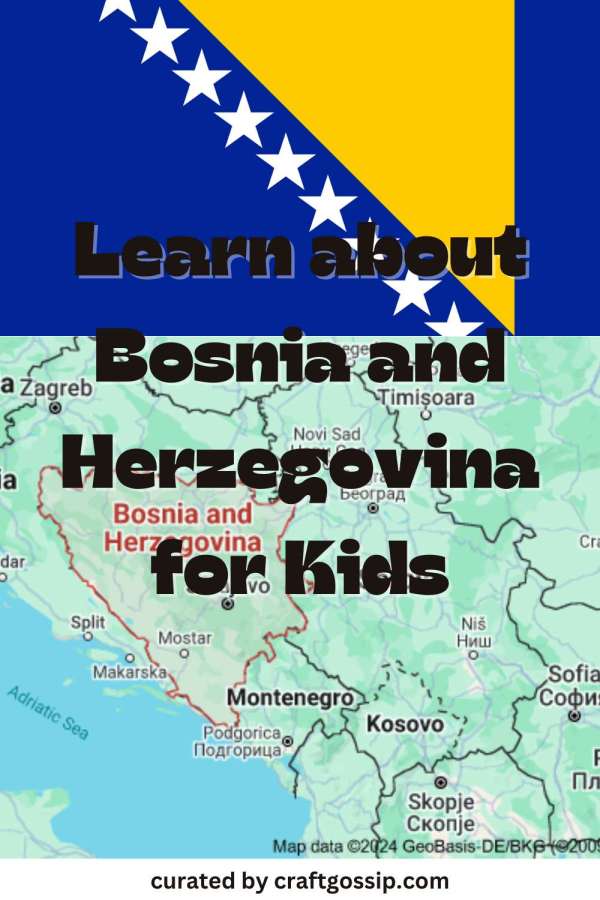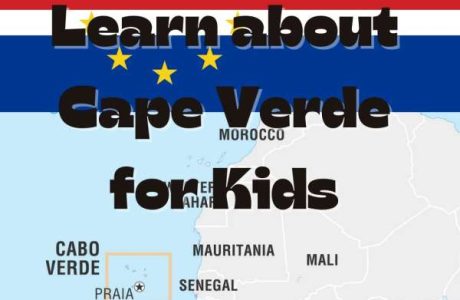
Bosnia and Herzegovina Basics
- Bosnia and Herzegovina is bordered by Serbia, Montenegro and Croatia, and has a 12 mile (20 km) coastline on the Adriatic Sea. Neum is the only town in the country with access to the sea.
- Bosnia is the northern part of the country and Herzegovia is a smaller region in the south.
- Sarajevo is the largest city and the capital.
- Official languages are Bosnian, Serbian and Croatian.
- The country is 19.772 square miles, or 51,209 square kilometers, and has a population of about 3.4 million people.
- The name Bosnia is thought to come from the river Bosna that runs through the land, a word which could derive from a Proto-Indo-European word that means “the running water.”
- Herzegovina means “herzog’s land,” with herzog coming from the German word for duk.
- When the country first declared independence it was the Republic of Bosnia and Herzegovina, but its official name became Bosnia and Herzegovina after the signing of the Dayton Accords.
- The country is a federal parliamentary directorial republic, meaning a group of people jointly hold the powers of the head of state.
Bosnia and Herzegovina National Symbols
The national flag of Bosnia and Herzegovina has a blue background with a yellow triangle pointing down segmenting the flag. Seven full and two half white stars run along the long side of the triangle. The triangle symbolizes the three main ethnic groups in the country: Bosniaks, Croats and Serbs. The stars represent Europe, and there are half stars because they are meant to be infinite so it implies they continue off the sides of the flag.
The national anthem is known in English as the national anthem of Bosnia and Herzegovina or as “Intermezzo.” It was provisionally adopted in 1999 and officially made the national anthem in 2001. It has no official lyrics and it is protected under copyright owned by the nation of Bosnia and Herzegovina.
[youtube https://www.youtube.com/watch?v=wuB0CPgeaRk?si=w5d7OPmY3I55nndo]
The golden lily or Bosnian lily is considered a national symbol, particularly of the Bosniak community. It is native to the region and was used in the coat of arms of the House of Kortromanic, the sovereigns of medieval Bosnia.
Saint Elijah is considered the patron saint of Bosnia and Herzegovina because of his importance in the histories of Christians, Muslims and Jews (more on him below).
Bosnia and Herzegovina Learning Activities
Learn about Tur, a figure in Bosnian and Slavic mythology said the be a giant bull that holds the earth on its back. I found a little bit about it here, but there’s not a lot out there. Maybe you can write your own myth about Tur or draw what you think he looks like?
Learn more about the prophet Elijah form Britannica and see how he is important to the Jews, Christians and Muslims.
Check out the Kravica Waterfalls, one of the most scenic spots in Bosnia and Herzegovina. This post from Culture Trekking has great photos and video of the area.
Older kids might be interested to learn about the controversy surrounding the adopted flag of Bosnia and Herzegovina and the argument that the flag should include a lily symbol. Read about it at Spirit of Bosnia and discuss how you would develop a flag that represents a nation’s history but is forward looking at the same time. Or, what do you think the goals of a national flag should be? How would you redesign the flag of your country?
Try the Bosnian take on kebab or sausage: cevapi, considered to be the national dish of Bosnia and Herzegovina. This recipe from Serious Eats looks good. Or you can try burek, a pastry filled with meat, spinach or other toppings. Croatian blogger Chasing the Donkey has good info and a recipe. This one includes making your own dough but you can also use store-bought filo.
You can find a few Bosnia and Herzegovina activities for the classroom on Teachers Pay Teachers.
Learn more from National Geographic Kids and Twinkl.





Leave a Reply